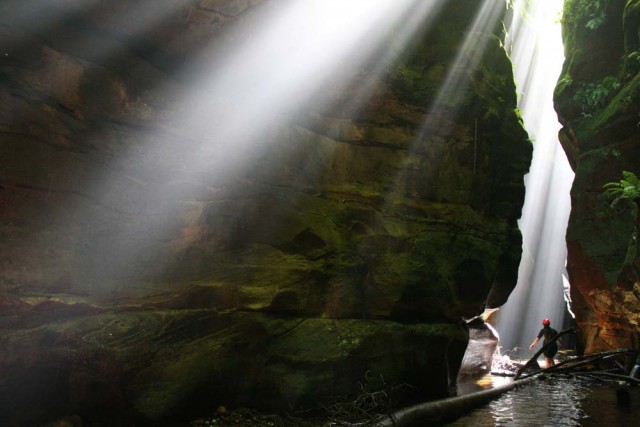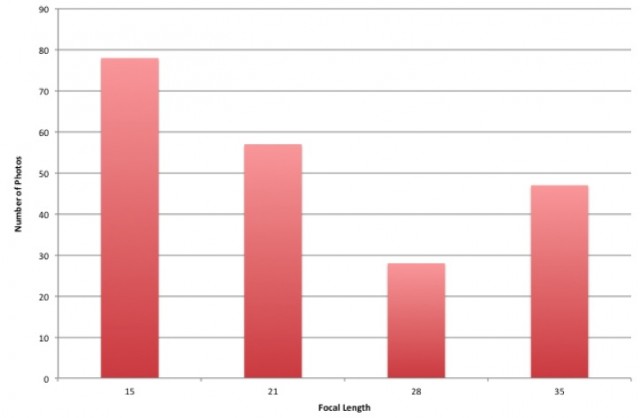After a recent photographic trip to Claustral Canyon I have been thinking about the photographic challenges of the canyon.

I have gone through the photos of the canyon I have taken between 2008 and 2016 and placed the best of these in a gallery beginning on this page. I still have an earlier page of photos of the canyon found here. That old gallery mainly has photos scanned from colour slides.
One thing I did was examine the focal length used on the best photos from trips 2014 – 16 to see if I could get away with a prime lens rather than use a zoom lens. I have tended on recent trips to take down a full frame digital body with a 16-35 mm lens. This has been perfectly satisfactory but a bit heavy and bulky. Years ago, when I took a film camera down the canyon, I tended to just use a 28 mm lens, and I was happy with the single lens. I have used a 28 mm lens on a digital body a few times in canyons with good results, but a zoom lens does offer a bit more scope. So, in Claustral Canyon, what focal lengths did I favour?

On the chart I have used the rough prime length focal lengths that would approximate the zoom lens focal length used. The chart shows that with the 16 – 35 mm lens, I used a range of focal lengths and in particular I tend to use the lens mostly at 16 mm,and a reasonable amount at 35 mm. So I think for this canyon I will stick to the zoom lens. This data may be of use to other photographers, but people tend to favour their own focal lengths.
One thing that you get in Claustral Canyon a fair bit are sunbeams. On the new gallery, I have selected photos from 11 trips to the canyon and there were sunbeams on 7 of those trips. These beams appeared on trips that ranged from early December to mid March. I may go back and look at the EXIF data to see if there are certain times of the day that sunbeams appear and see also if they correlate with water levels.
Full frame digital cameras are expensive, so to waterproof my camera, I place it in a strong dry bag. That dry bag is placed inside another strong dry bag together with a small towel. It is also useful to have a cloth or lens tissue handy to dry droplets of water that land on the lens or to wipe off condensation.
One major advantage Claustral Canyon has over other canyons is that a long section of the main constriction has no swims. Shortly after the Ranon junction is a short swim, then a short way on is a deep pool with a log crossing that you can walk on. I normally re-waterproof my camera for this, then once across I can leave my camera out all the way to the Thunder junction. There are more deep places along the way, but with care they can be avoided.
Needless to say, the great majority of photos were taken with the camera mounted on a tripod.
It is also worth noting than a good way to cut down on weight is to only take a short rope. A 25 m rope is sufficient for the canyon.

Great post full of useful information. Would be great to see more data on the sunbeam time of the day and water levels.
As to dry bags can you recommend a specific brand?
Thank you,
Magda
Sealline and Ortleib are good brands I think. They seem quite durable. Avoid transparent ones – the plastic seems to crack.
Thank you very much David.
This is awesome stuff – thanks for sharing! And I’ve really enjoyed trawling through your blog for hiking recommendations and photography tips.